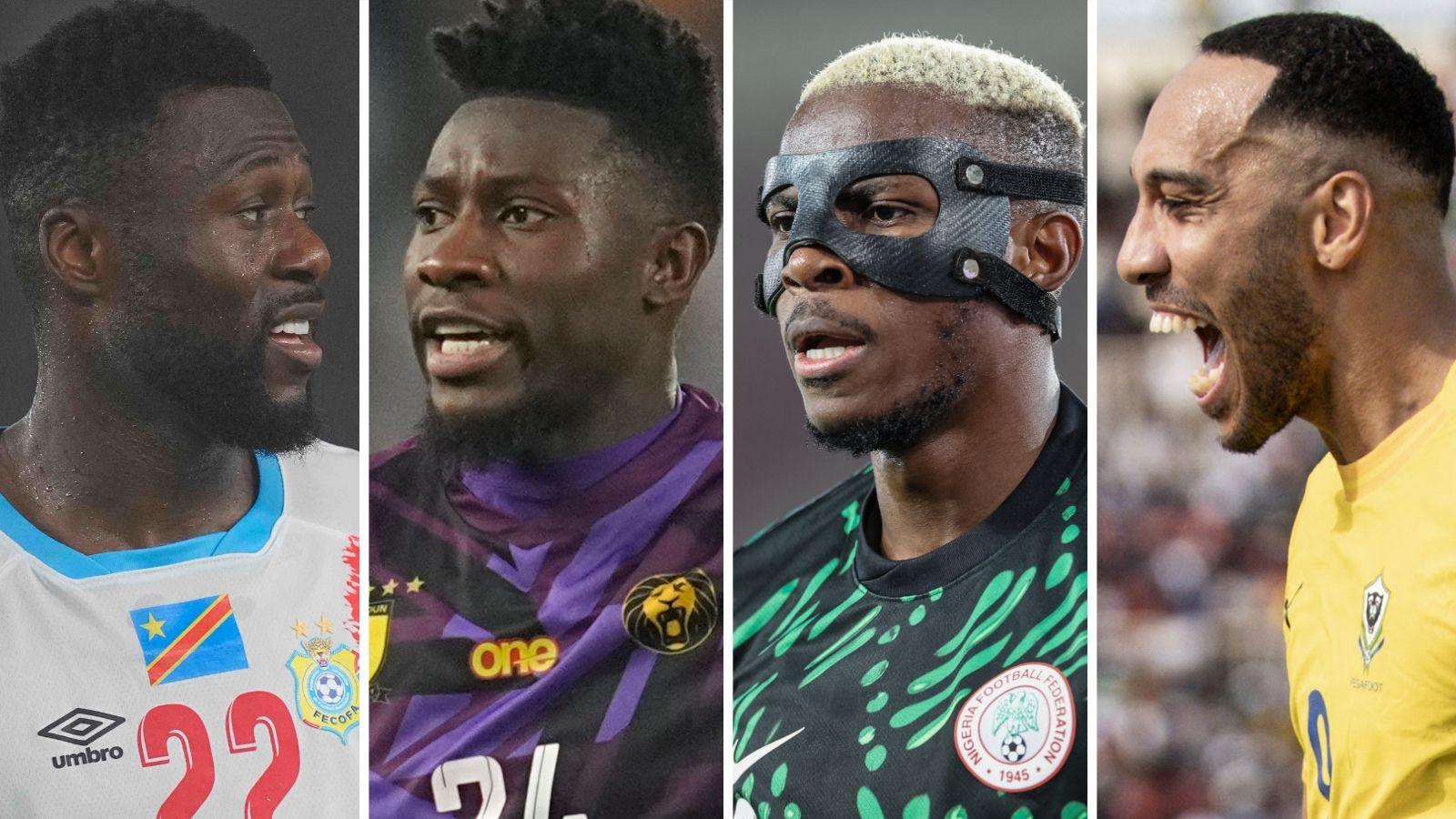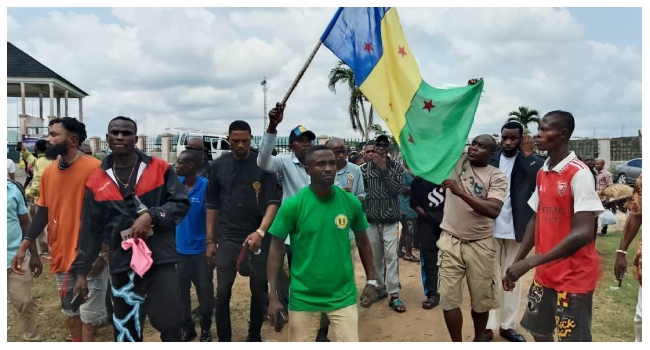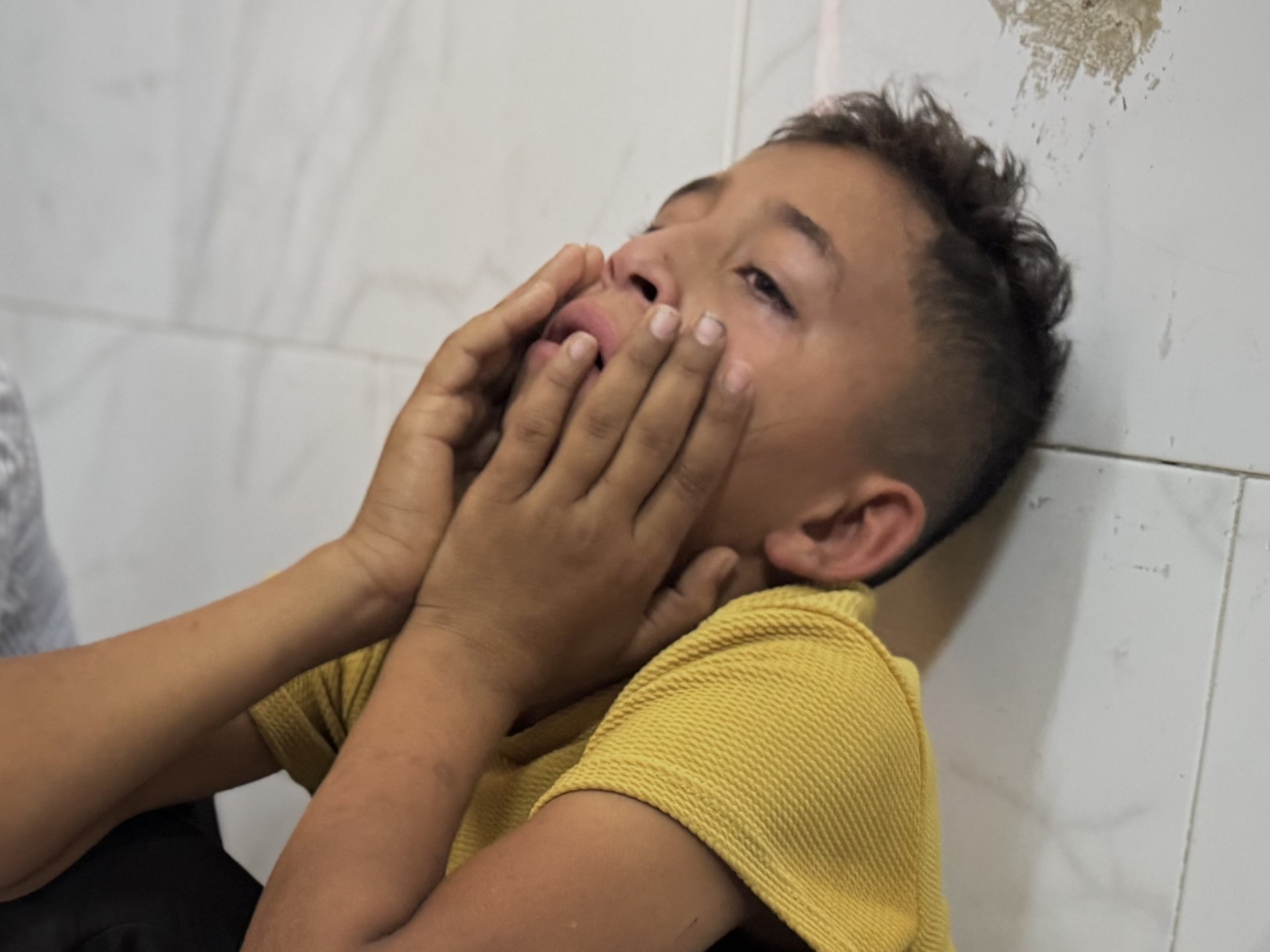Four contenders will be reduced to one in African play-offs for the 2026 Fifa World Cup over this international window.
After missing out on the continent’s nine automatic qualification spots, Cameroon, DR Congo, Gabon and Nigeria travel to Morocco for a winner-takes-all mini-tournament.
But, depending on their world ranking, the victorious nation faces one or two more matches in order to reach next year’s tournament in Canada, Mexico and the United States.
How did the sides reach African play-offs?
The quartet reached this stage as the four best second-placed finishers across Africa’s nine World Cup qualifying groups.
Results against the sixth-placed side in eight of those groups were discounted because Eritrea withdrew on the eve of competition, leaving Group E with only five teams.
Gabon had the best record, followed by DR Congo and then Cameroon.
How was the African play-off draw decided?
The Fifa world rankings were used to work out the pairings for the semi-finals, with the highest-ranked side facing the lowest-ranked.
As a result, Nigeria (41st in the world) will play Gabon (77th) on Thursday (16:00 GMT) before Cameroon (54th) take on DR Congo (60th) later the same day (19:00 GMT).
The semi-final winners will face off on Sunday (19:00 GMT) for the chance to keep alive their dream of reaching next year’s World Cup.
What happens to the winners?

Africa’s play-off winners will progress to a six-team intercontinental qualifier, which will be staged from 23-31 March 2026 and will decide the final two sides at next year’s World Cup.
Two nations from the Concacaf (North, Central America and the Caribbean) region and one side from each of the Asian, Oceanian and South American confederations will also be involved.
The six nations will be split into two brackets.
The two highest-ranked sides will be seeded and advance directly to the final in each bracket, with the four lowest-ranked competitors meeting in semi-finals.
The United Arab Emirates and Iraq will play off for Asia’s spot, while Bolivia, representing South America, and New Caledonia, representing Oceania, have already booked their places.
Given Bolivia and New Caledonia are respectively ranked 76th and 150th in the world at present, that boosts the chances of Africa’s representative advancing directly to a final.
- 14 October
Who are the favourites to win Africa’s play-offs?

This is the million-dollar question.
On paper, Nigeria boast the strongest side according to the world rankings but had the worst qualifying campaign of the African quartet.
The Super Eagles had three different managers oversee their Group C fixtures and struggled when Victor Osimhen was absent through injury, only picking up four points from a possible 15 without their talismanic striker.
Yet the West Africans are unbeaten in six competitive games under Eric Chelle as they bid to avoid missing out on successive World Cups.
Cameroon are another heavyweight of the continental game who underperformed, finishing four points behind Cape Verde in Group D.
The Indomitable Lions only won one of their five away games, which does not bode well for playing on neutral soil this month.

DR Congo, whose only previous World Cup appearance came as Zaire in 1974, finished two points behind Senegal in Group B.
The Leopards paid the price for letting a 2-0 lead slip against the Senegalese on home soil in September, eventually losing 3-2.
Newcastle’s Yoane Wissa is still absent through injury, but fellow forward Cedric Bakambu has been in good form in qualifying with four goals.
Gabon, who are bidding to reach the World Cup for the first time, ended a point adrift of Ivory Coast in Group F.
The Panthers boast a potent attack in Denis Bouanga and Pierre-Emerick Aubameyang, who scored eight and seven goals respectively in the group stage.
Who will they face at the World Cup?
The 2026 World Cup draw will take place on Friday, 5 December, when the 48 sides will be split into 12 groups of four.
Forty-two of the teams will be decided by the time of the draw.
Only the two intercontinental play-off winners and the four winners of European play-offs will remain unknown.
Related topics
- Cameroon
- Africa Sport
- Nigeria
- Football





